6 Super Streamlined Solutions for Managing Multiple Data Feeds

Between CSVs, tabs and xml files, retailers with multiple data feeds are in for a world of compliance headaches.
Since both consumers and search engines want rich product data, however, online merchants have no choice but to meet the increasing demands on them.
Luckily, there are innovative solutions that take the complexity of managing multiple data feeds and put the processes into streamlined offerings, like these six companies.
ChannelAdvisor
Since 2001, ChannelAdvisor's software solution has helped merchants control the complexity of online retail and has helped define the latest developments in ecommerce. ChannelAdvisor empowers online merchants to make their products visible across multiple channels to reach the widest range of potential customers.
ChannelAdvisor's Comparison Shopping solution enables access to more than 100 comparison-shopping engines. A single platform gives merchants a 360-degree view of data feeds, from scheduled promotion feeds to site-by-site category mapping to successful syndication. This comprehensive view allows online retailers to see their programs from all angles, so they can take the appropriate actions to reduce costs and increase profits. Here's what the centralized shopping feed status looks like:
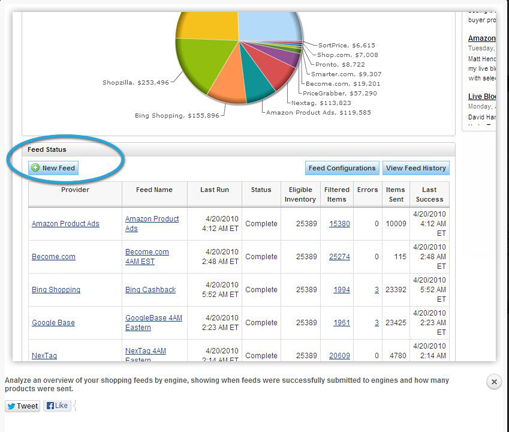
GoDataFeed
With GoDataFeed, merchants can set up their shopping feeds one time and submit updated product data to multiple shopping sites automatically. GoDataFeed helps retailers optimize their shopping feed's titles, descriptions and categories, while also offering build-in feed validation to ensure product data is accurate, compete and in the format expected by each shopping site. And, what's a data feed management solution without tracking and analytics? Here's what tracking campaign trends looks like:
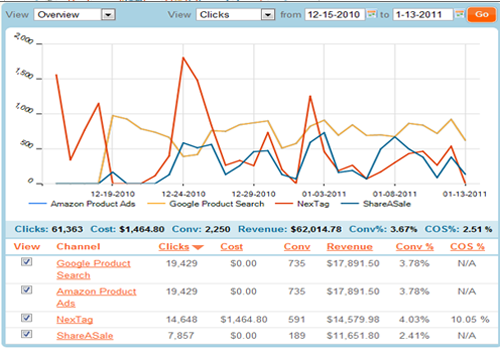
SingleFeed
SingleFeed optimizes feeds for multiple engines, categorizes products and ensures that listings go live on the comparison engines, including Google Shopping, NexTag, Shopping.com, PriceGrabber.com, shopzilla and dozens of others.
The SingleFeed optimization engine transforms a single product feed with as few as eight basic fields into as many as 17 well-formatted feeds that can be submitted to each of the leading comparison shopping engines. The SingleFeed platform will apply thousands of formatting rules to a product feed to ensure that it can be properly listed on the engines of a merchant's choosing. Shopping engines can also change their rules and taxonomies over time, and SingleFeed applies these updates to its platform to ensure compliance by its customers over time. Here's what SingleFeed's reporting engine looks like:
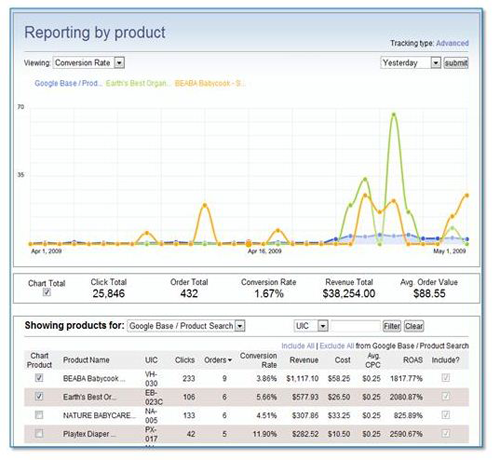
Mercent
With more than 200 unique product feed specs, Mercent has made it easy for merchants to create, deliver and measure performance for any channel they want to syndicate their product data on.
Mercent does the heavy lifting for feed management. Some of its features include the ability to create new feeds with just a few clicks, automatically keep all channels synchronized with catalog and inventory changes, set up rules to tailor content for each channel and view a single, consolidated dashboard to see the performance of a product category across all product feeds in a single report. Here are many of the services Mercent helps retailers with:
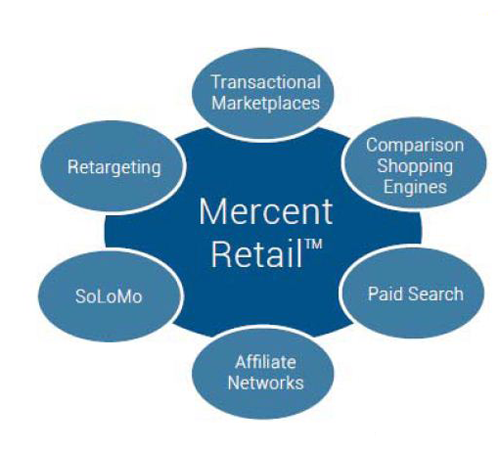
SmartFeed Product Feed Manager
SmartFeed is an online marketing on-demand solution specializing in the efficiency of transmitting product feeds to many shopping comparison engines.
Additionally, by adjusting product feeds based on what is selling, a merchant can easily change their product catalog with a click of a button. Products can be modified, added, or removed to make certain an online retailer is getting the best possible return on the pay-per-click advertising money being invested.
Here's a nifty feature that allows a merchant to search on Google and other shopping engines for pricing of their products from other merchants selling the same products:
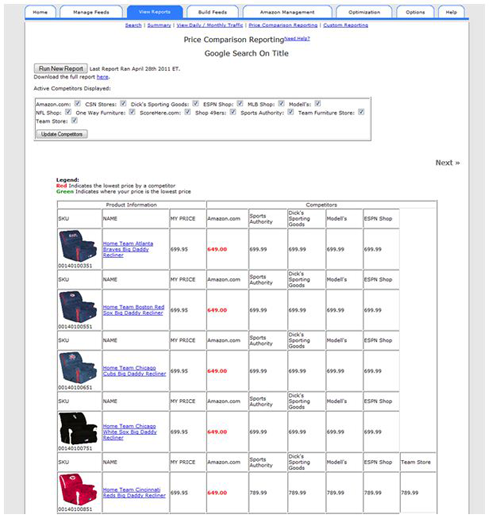
FeedExact
FeedExact simplifies the process of creating product feeds and distributing them to multiple engines, each with their own data specification. The process frees up the retailer from having to create new feeds for new channels, and from having to periodically re-generate and re-distribute data feeds across multiple channels.
A small software extension is added to an online shopping cart, and everything else is controlled by automated processes on the FeedExact servers. Here's how the FeedExact pricing shakes out:
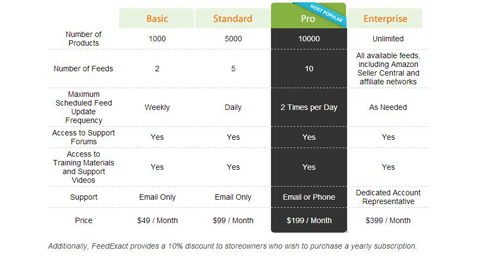

Subscribe to Our Newsletter!
Latest in Marketing









